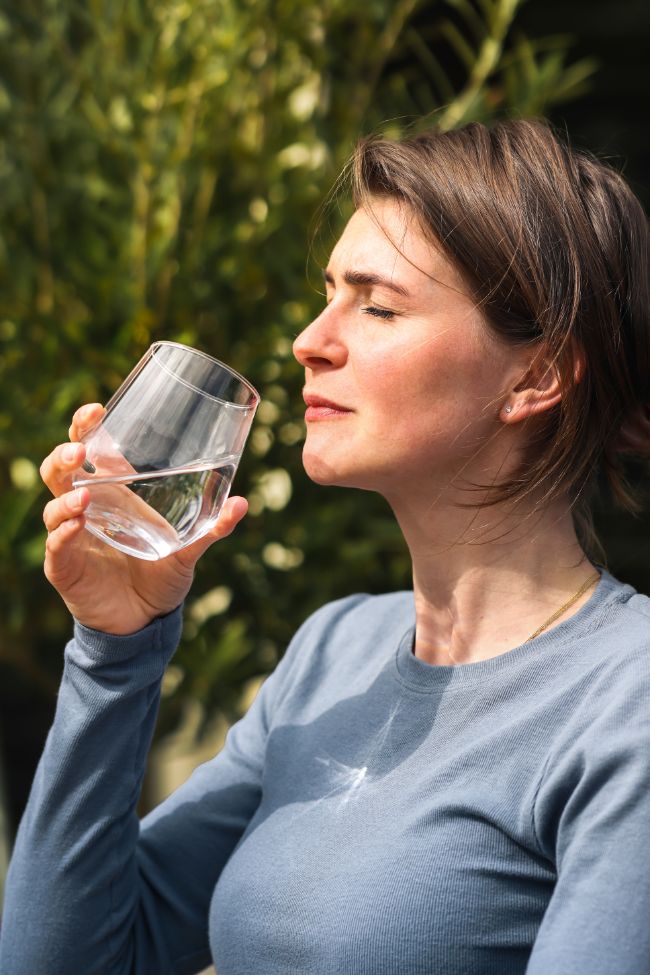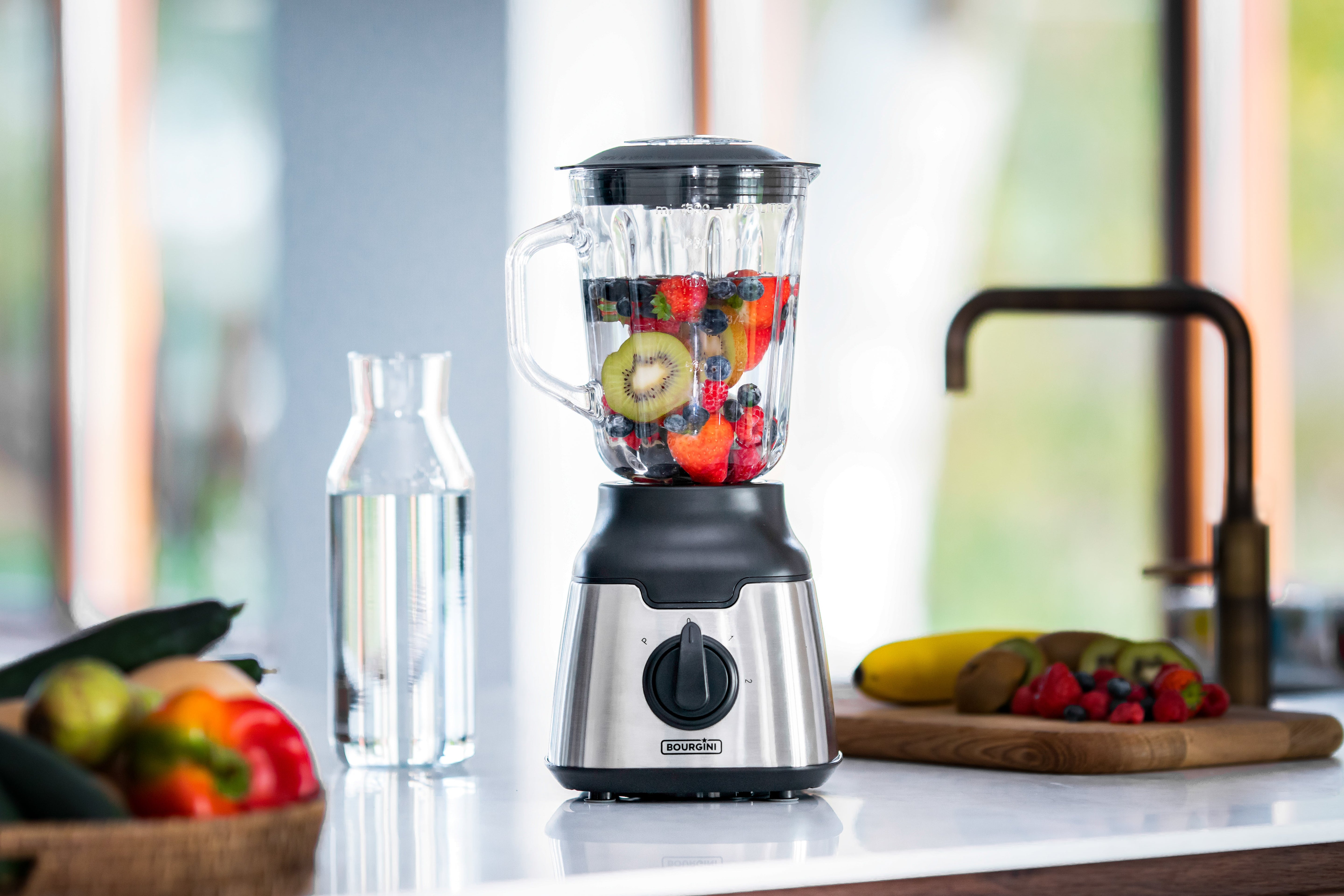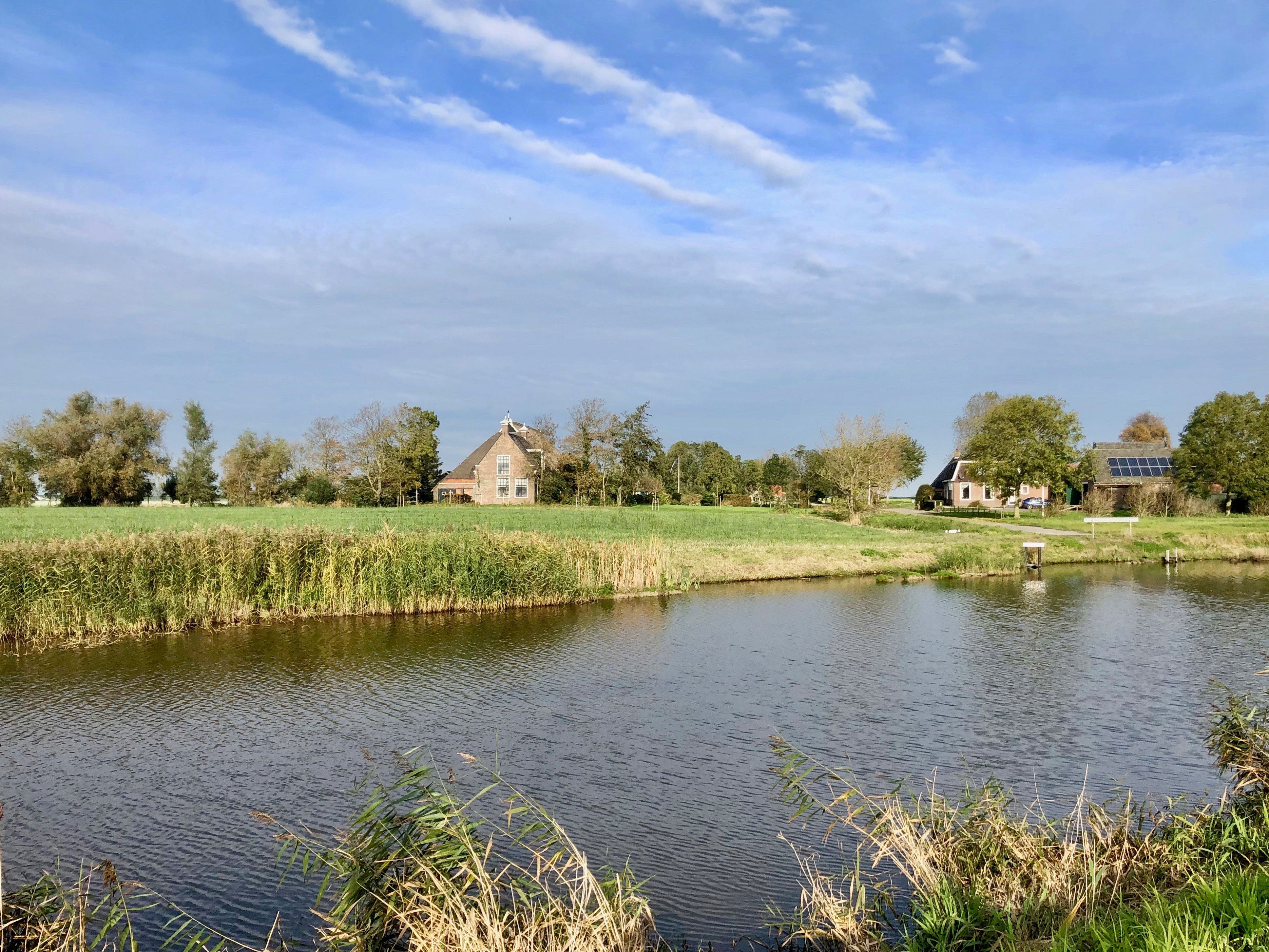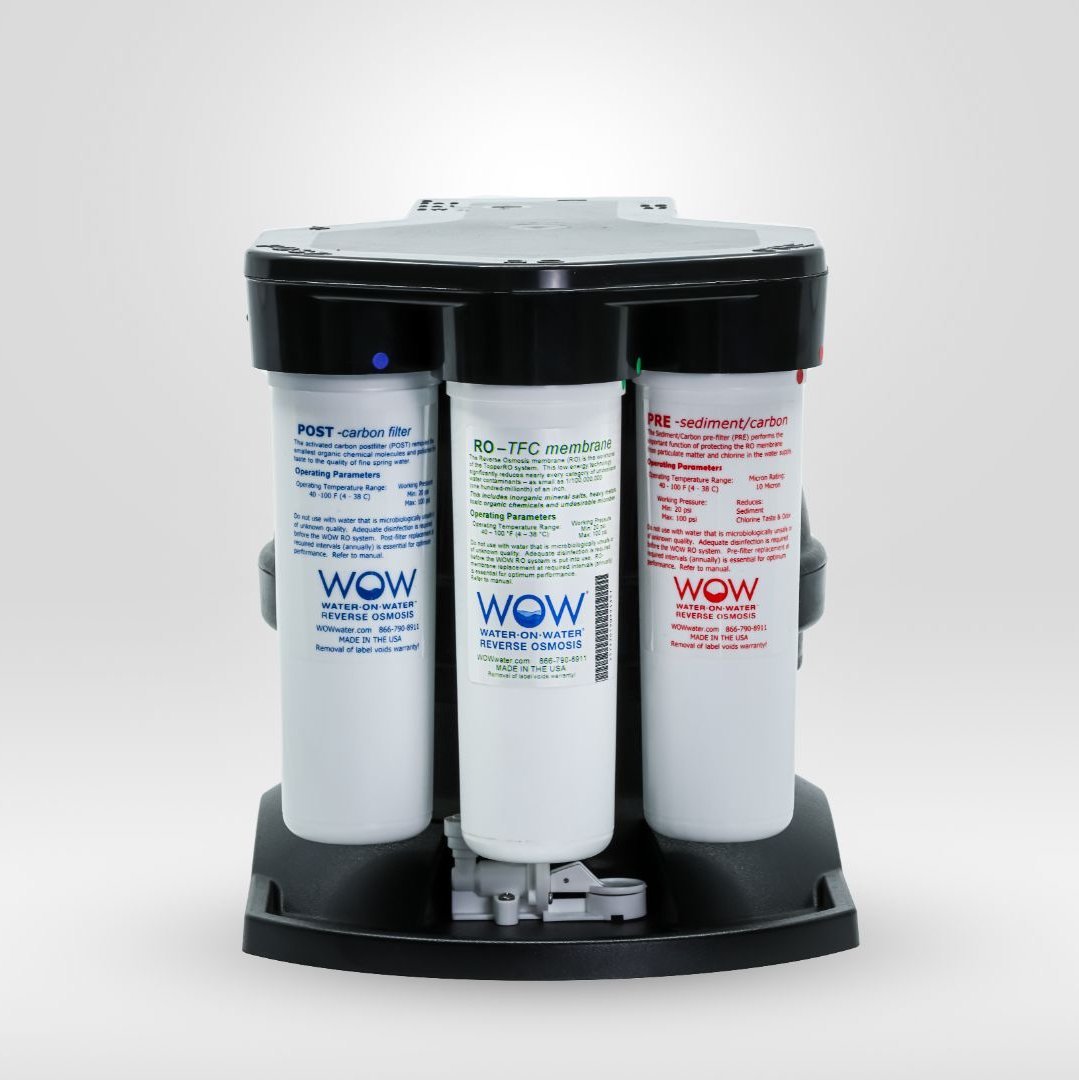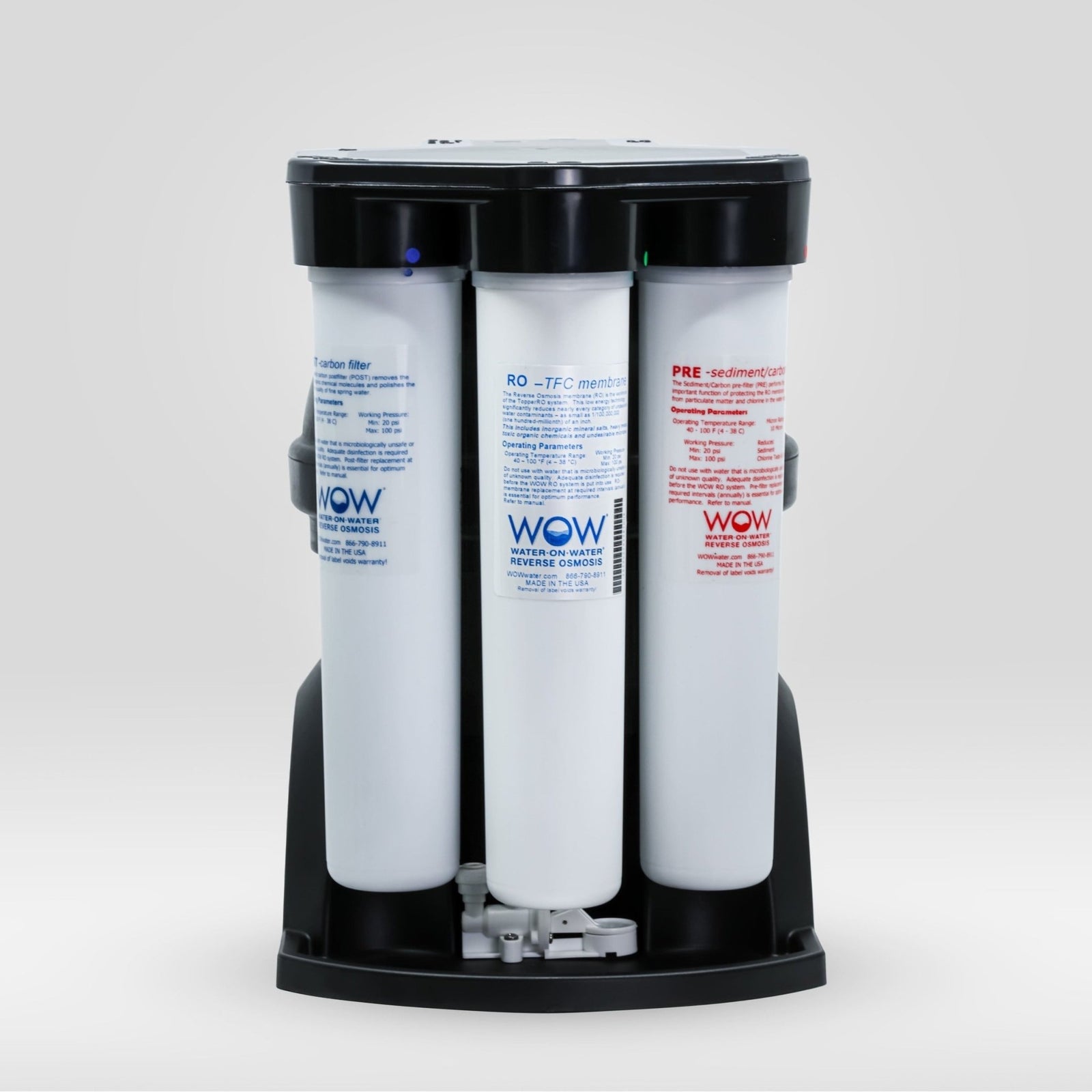Microplastics in water are becoming increasingly common because recent studies show that these tiny plastic particles are ubiquitous in our drinking water. Health authorities are concerned about the potential long-term effects on our health, while consumers are becoming more aware of the quality of their tap water. This growing concern has led to increased media attention and scientific research into the sources, distribution, and potential health risks of microplastics in our daily drinking water.
Why is there increasing talk about microplastics in water?
Attention to microplastics in water has exploded in recent years due to groundbreaking studies confirming their widespread presence. Scientists have found microplastics in tap water worldwide, including in the Netherlands. These discoveries have led to increased concern among health organizations and consumers.
Recent studies show that water pollution from microplastics is a global problem that extends beyond oceans and rivers. The fact that these particles also end up in our drinking water makes it a direct health concern for every consumer. Media attention to these research findings has raised awareness, and more people are questioning the safety of their tap water.
Growing concerns are further fueled by the realization that traditional water treatment plants are not specifically designed to remove these microscopic particles. This has led to a search for effective home solutions, with consumers actively seeking ways to purify their drinking water of these invisible contaminants.
What exactly are microplastics and how do they end up in our drinking water?
Microplastics are plastic particles smaller than 5 millimeters that are created by the breakdown of larger plastic objects. These minuscule fragments are often invisible to the naked eye but occur in large quantities in our environment. They are formed when plastic waste in the environment slowly degrades under the influence of sunlight, water, and mechanical forces.
The sources of microplastics in drinking water are diverse and ubiquitous:
- Synthetic clothing that loses fibers during washing
- Cosmetics and care products with microbeads
- Car tires that wear out while driving
- Plastic packaging that degrades in the environment
- Industrial processes that release plastic particles
These particles reach our drinking water through various routes. They are washed away with rainwater into rivers and lakes, seep through the soil into groundwater, or enter water reservoirs through the air. Market research shows that 62% of people recognize that keeping tap water in the Netherlands sufficiently clean is becoming an increasing challenge. Surface water becomes contaminated most quickly, but groundwater is also affected because these particles, along with other contaminants, seep into the soil.
What health risks do microplastics in drinking water pose?
The potential health risks of microplastics are a growing concern among scientists and health experts. While the long-term effects are still being investigated, there are several reasons why these particles are considered problematic. Microplastics can accumulate in the body because they are not biodegradable and may contain or attract harmful chemicals.
Potential health effects being investigated include:
- Inflammatory reactions in the body due to the presence of foreign particles
- Hormone disruption by chemicals bound to microplastics
- Accumulation in organs with unknown long-term consequences
- Disruption of the gut microbiome
- Potential cell damage from the smallest nanoplastics
Scientists are particularly concerned about the combination of microplastics with other contaminants. These particles can act as carriers of bacteria, viruses, and toxins, posing a dual health risk. The precautionary principle suggests that we should take measures to minimize exposure, even while research into the precise health impact continues.
How effective are water filters at removing microplastics?
Water filtration for microplastics requires advanced technology because these particles can be extremely small. Not all water filters are equally effective at removing these contaminants. Standard carbon filters, such as those often used in water jugs, primarily improve odor and taste but hardly remove harmful substances like microplastics from the water.
The effectiveness of different filtration techniques varies considerably. Reverse osmosis (ROP) for microplastic removal is currently the most effective method for home use. Home water filtration systems using RRO technology can remove up to 99% of all unwanted substances, including microplastics, nanoplastics, PFAS, pharmaceutical residues, and heavy metals.
| Filtration method | Effectiveness of microplastics | Other benefits |
|---|---|---|
| Carbon filter | Limited (>10μm) | Improves taste and smell |
| Ceramic filter | Moderate (>0.5μm) | Removes bacteria |
| Reverse osmosis | Excellent (>0.0001μm) | Removes 99% of all impurities |
The RO membrane in reverse osmosis systems filters at the molecular level, trapping even the smallest microplastics. These systems operate without electricity and produce up to 500% less wastewater than traditional filtration methods, making them sustainable.
Why are more and more households choosing advanced water filtration?
Growing awareness of water quality and microplastics is driving more and more Dutch households to seek advanced water filtration solutions. Consumers want control over the quality of their drinking water and are no longer willing to rely solely on municipal water treatment plants. This trend is reinforced by the knowledge that traditional water treatment plants are not specifically designed to remove modern contaminants like microplastics.
The advantages of modern water filter systems make the choice increasingly attractive:
- Direct access to pure spring-quality water
- Long-term cost savings compared to bottled water
- Environmentally friendly alternative that reduces plastic waste
- User-friendly systems with minimal maintenance
- Improved taste of water, tea and coffee
- Certified systems according to NSF/ANSI 58 standards
Modern systems are compact, fit in any kitchen cupboard, and operate entirely without electricity. Filter maintenance has been simplified to a task users can perform themselves, or through subscription services that automatically replace filters. This combination of effectiveness, ease of use, and sustainability makes advanced water filtration a logical choice for health-conscious and environmentally conscious consumers.
What can we expect for water quality in Dutch households?
The future of water quality in Dutch households is determined by the growing awareness that removing microplastics from drinking water has become a necessity. With the ongoing contamination of groundwater and surface water, it is becoming increasingly important for consumers to take action to purify their drinking water. Certified water filter systems offer a reliable solution to this problem.
The main conclusions for Dutch households are clear. Microplastics in drinking water pose a real health risk that cannot be ignored. Effective filtration solutions are available and accessible to every household. Reverse osmosis technology offers the most complete protection against microplastics and other contaminants.
Consumers can test their own water quality with TDS meters and make informed decisions about water purification. Investing in a certified water filtration system is not only an investment in health but also in sustainability and quality of life. With the right technology, Dutch households can enjoy water that is not only safe, but also tastes great and contributes to a healthier lifestyle. Choosing advanced water filtration is a proactive step toward a future where clean drinking water is not a luxury, but a daily necessity.
